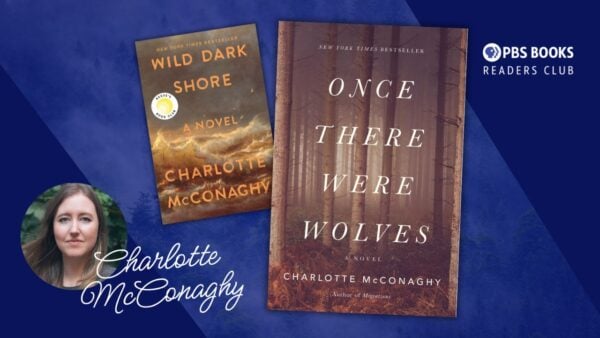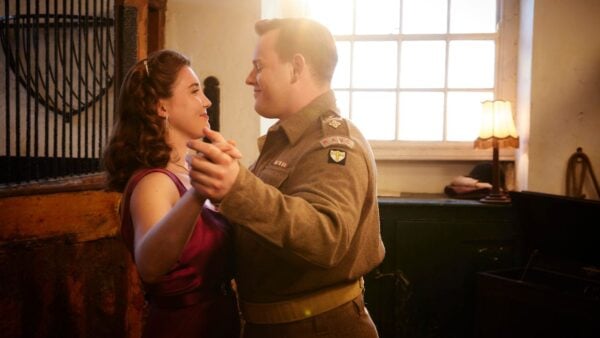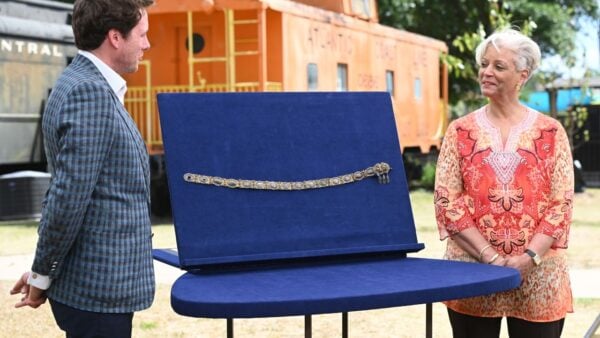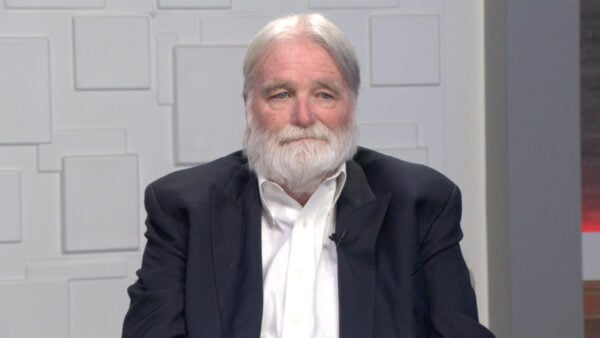Monday, Sept. 27 and Tuesday, Sept. 28 at 8 p.m.
“American Experience” presents “Citizen Hearst,” an insightful biography of one of the most fascinating and powerful men of the 20th century. By the 1930s, William Randolph Hearst controlled the largest media empire in the country: 28 newspapers, a movie studio, a syndicated wire service, radio stations and 13 magazines. He used his communications stronghold to achieve political power unprecedented in the industry, then ran for office himself.
A man of prodigious appetites and the model for Orson Welles’s “Citizen Kane,” his castle, San Simeon, was a monument to his extravagance. While married to his wife Millicent, with whom he had five sons, he also conducted a decades-long affair with actress Marion Davies, his companion until death. By the time Hearst died in 1951 at the age of 88, he had forever transformed the role of media in American life and politics. Based on “The Chief: The Life of William Randolph Hearst,” David Nasaw’s critically acclaimed biography, “Citizen Hearst” premieres Monday and Tuesday, September 27 & 28, at 8 p.m. on Arizona PBS, PBS.org and the PBS Video App.
“In today’s polarized media landscape, the explosion of false narratives seems to undermine the very concept of what qualifies as news,” said Cameo George, “American Experience” executive producer. “This incisive examination of William Randolph Hearst, and the unprecedented power he wielded through his media empire, couldn’t be more timely.”
Episode One
Monday, September 27
By the time he took control of the San Francisco Examiner in 1887, 24-year-old Hearst had already made a name for himself as the fun-loving rich kid who had turned around the finances of the Lampoon, Harvard’s humor magazine. The pampered only son of one of the wealthiest families in America, the larger-than-life Hearst wanted nothing to do with his family’s vast mining interests. Instead, he was entranced by the rough-and-tumble world of the newspaper business. With his deep pockets, he quickly bested his rivals by poaching their best talent, launching outlandish stunts and pioneering a flashy new style of journalism. He also used his powerful position to fan the flames of pernicious anti-Asian racism.
Hearst was equally unorthodox in his private life and repeatedly challenged his mother, Phoebe. He had public affairs with a string of women she deemed inappropriate — from a waitress with whom he lived openly for 10 years to showgirl Millicent Willson, whom he ultimately married. Equally concerning to Phoebe was her son’s wildly profligate spending. When Hearst’s father George died in 1891, he left his massive fortune to Phoebe, who controlled the purse strings until her death.
Having conquered the San Francisco market, Hearst was eager to try his luck in the country’s biggest newspaper town, New York, which was dominated by Joseph Pulitzer’s The World. With a loan from Phoebe, Hearst bought the failing Journal in 1895 and turned it into a sensation. He revolutionized the paper’s crime coverage by embedding his reporters on the scene, earned the loyalty of the city’s huge population of newly arrived immigrants by railing against monopolistic businesses and championing the cause of the working class, and used the medium to increase his power and influence. Says journalist Jeet Heer, “For Hearst, news was not reporting the facts. News was creating history, making history. You don’t report history, you’re a participant in history.”
When Cuban revolutionaries rebelled against Spanish rule, Hearst used his papers to take up their crusade while viciously attacking President McKinley’s lack of action. When McKinley finally declared war in 1898, Hearst took credit. But when McKinley was assassinated just three years later, many blamed Hearst for inciting violence against the president.
In 1904, Hearst launched an unsuccessful bid for the presidency. After another unsuccessful run, this time for mayor of New York, Hearst turned back to his media empire, which now included dozens of newspapers, magazines, newsreels and a wire service. In 1919, Phoebe succumbed to the 1918 flu pandemic that would kill over 50 million people worldwide. Now, at age 56, Hearst finally had control of the family fortune.
Episode 2
Tuesday, September 28
With access to his fortune at last, Hearst built a singular home on the family’s California ranch in San Simeon. Collaborating with architect Julia Morgan, he created a grand castle and filled it with his massive collection of armor, antiquities, paintings, tapestries, furniture and other treasures. But competing for his attention was the burgeoning movie business, and Hearst soon went back east, where the industry was flourishing.
He began producing newsreels and serialized dramas and his empire expanded. Says biographer Nasaw, “Hearst had a talent for telling stories. He knew what the public wanted but, more than that, Hearst was a true revolutionary. He’d get a story, he’d run it in the newspapers, he would embellish it in his magazines, he would tell it over the radio and turn it into a moving picture. It’s the essence of synergy.”
One of his films starred a young actress named Marion Davies, and Hearst was instantly smitten. Never one to conform to society’s rules, Hearst began a relationship with Davies that continued throughout his marriage and until his death. In San Simeon, which now included not only a castle but several lavish guesthouses, a menagerie and more, he and Davies reigned over Hollywood society.
In the 1930s, as the Depression devastated the country, Hearst threw his empire behind FDR and the New Deal. But as the years progressed, he, like many wealthy tycoons, began to turn against Roosevelt, labeling his policies “communistic.” Hearst’s politics would continue to turn more to the right, becoming increasingly out of touch with working-class readers. Circulation numbers began to drop, and Hearst found himself $78 million in debt. He borrowed $1 million from Davies and sold off many of his treasures at a humiliating fire sale at Gimbel’s Department Store in 1941.
That same year, Orson Welles’s “Citizen Kane” opened, starring the Hollywood golden boy in a thinly-veiled portrait of Hearst. Furious, Hearst forbade any of his papers from mentioning the film. What upset him the most was the cruel portrayals of his mother, wife and Davies.
Ten years later, at Davies’ home in Beverly Hills, Hearst died at the age of 88. In his will, he left Davies the voting rights of the Hearst Corporation controlling stock, worth well over $100 million. She sold it back for one dollar to Millicent Hearst soon after.
In death as in life, Hearst remained a distinctly American character, using his empire to present his own distinct view of America and convince readers to see the world as he did. Says author Gary Kamiya, “In many ways, William Randolph Hearst is an American writ large. He embodies everything good and bad about the essence of this country: its expansiveness, its ambition, its greed, its sentimentality, its showmanship and its ability to transform itself.”





















